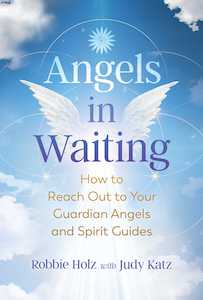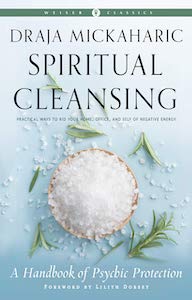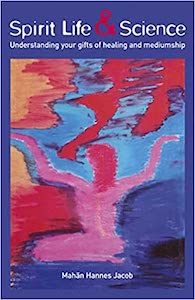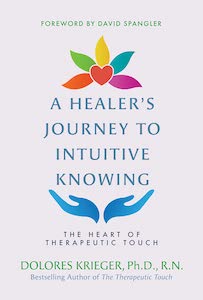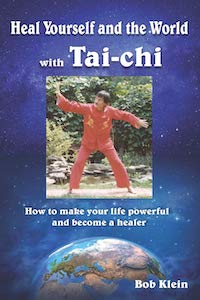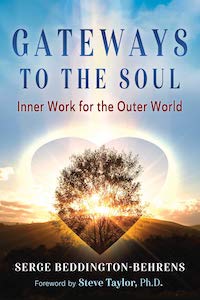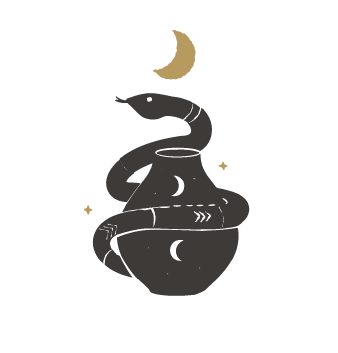
Magick for Transformation: Rituals and Alchemy for Manifesting Your Wildest Dreams, by Brandi Amara Skyy
CICO Books, 1800653743, 144 pages, October 2024
Feeling like it’s time for a change? Brandi Amara Skyy’s Magick for Transformation: Rituals and Alchemy for Manifesting Your Wildest Dreams delves into magic as a tool for personal transformation, offering readers all they need to re-envision their lives. With a blend of practical guidance and spiritual insights, Skyy offers a comprehensive approach to harnessing the power of magic for positive change.
In her introduction, Skyy describes how the magic she teaches is non-denominational, radically intersectional, and drawn from intersectional alchemy, which in her case is a blend of the “Aztecs Medicine Wheel and the Seven Hermetic Principles.”1 While this foundation is unique to Skyy and influences the content of the book, she acknowledges diverse paths to spiritual growth and ensures the magical practices in the book can be undertaken by readers from diverse spiritual backgrounds and magical experience.

“I realized that magick is not inherently or solely Wiccan, European, or white-centric. Magick is something I could gift, be, or learn myself. And so can you. Because magick isn’t about semantics. It’s about energy. And magick can (and does!) look like you. Magick can be many things but here’s the main thing it’s not: Magick is not passive.”2
I love this quote so much because it reminds me that to make the changes I want in my life, I need to actively be pursuing the next version of myself. I can grumble about my current dissatisfaction and fantasize about “what if” things looked different, but until I began actively taking steps to transform, I was always stuck. This book was a great starting point to connect with my inner discontent, remember my own personal power to change things, and begin the journey of shifting the way my life was feeling. Skyy teaches us to be change makers, breaking the status quo of our outdated beliefs, habits, and feelings to reconnect with dreams and live more aligned.
The first section following the introduction taps readers into the present moment. Titled “Part 0: You Are Here”, Skyy shares what readers will be embarking on by reading this book and offers exercises to asses where they currently are now. She explains the concepts of magick and transformation, offering insight into how your Self “is the entry point to magick” and how transformation is interlinked with choice. I thought it was interesting to think about transformation in the way she describes, which is a skill that can be actively cultivated.
“Part I: Preparing for Your Journey” gets readers ready to make a magical transformation by cultivating their energy, intention, mindset, spiritual will, and self-leadership, among other skills needed to undergo the change. This section really puts the reader in the driver seat, reminding them of the inner strength and personal responsibility. No one else can make a change for you; readers must take an inventory of their life, notice what needs to be realigned, and then pick the direction that they want to go in. Easier said than done though, and luckily, Skyy provides many ideas about how to prepare for a successful follow through.

Throughout the book there are “Praxis” exercises where Skyy provides instructions for putting into effect what she’s been discussing, transforming the theory into practice. The many praxises include meditating, journaling, tarot reading, and working with ancestral spirits and nature. To truly get the most out of this book, I highly encourage pausing and taking the time to do the praxis before moving forward, as the book does move in a sequential format that requires readers to hone their intentions, connect with their Self, and set clear goals to take action towards.
“Part II: Your Magickal Tools for Transformation” teaches readers of all the spiritual assistance they can draw upon for the change. From the lunar cycle to the medicine wheel, Skyy reminds us that there’s greater force at work that we can attune ourselves to for natural change. She also discusses ancestors and animal allies, tarot, spirit writing, and alchemy as methods to foster transformation. The variety of methods for change makes it so readers have options to draw inspiration from, ensuring they find a path that feels right for them.
Finally, “Part III: Transforming Your Life” brings the whole process together, encouraging readers to take the L.E.A.P. (“Learn. Alchemize. Express. Praxis.”3 Skyy shares a 30-day transformation plan, which offers a detailed format for how one might choose to work with this book. For each day, she recommends specific pages to read and goals to fulfill. As much as I loved reading the book front to cover, I also love this plan! I think it would be great for those who are looking for a structure to their practice to solidify their commitment to change.

One of the best parts of this books is the way it’s designed. This is not a book of all texts; there’s plenty of bright color and varying texts to keep the reader actively engaged. Different fonts make certain things stand out, while lists and bullet points allow for easy-to-follow instructions. Plus, every page is wonderfully illustrated with images and symbolism that bring to life the text.
Overall, Magick for Transformation is a valuable resource for anyone seeking to embark on a journey of personal transformation and self-discovery. Whether you are a seasoned magical practitioner or looking for inner change and feel magic is the method for you, Skyy’s warm and engaging writing style and practical advice will empower you to unlock your potential and manifest your dreams. For me, simply holding it gave me the hope that change is possible, and I can resource myself with the tools and practices needed to get the initiation started. Working my way through has been very impactful, and I’m sure others will also benefit from the insight Skyy shares to support readers in their personal transformation.
Alanna Kali is an astrologer, numerologist, and pioneer spirit that loves to explore life through the lens of depth psychology. She has a passion for studying the humanities and social trends. Her academic work is centered upon reuniting body, mind, and spirit through eco-psychology. She loves reading, spending time in nature, and travel.




